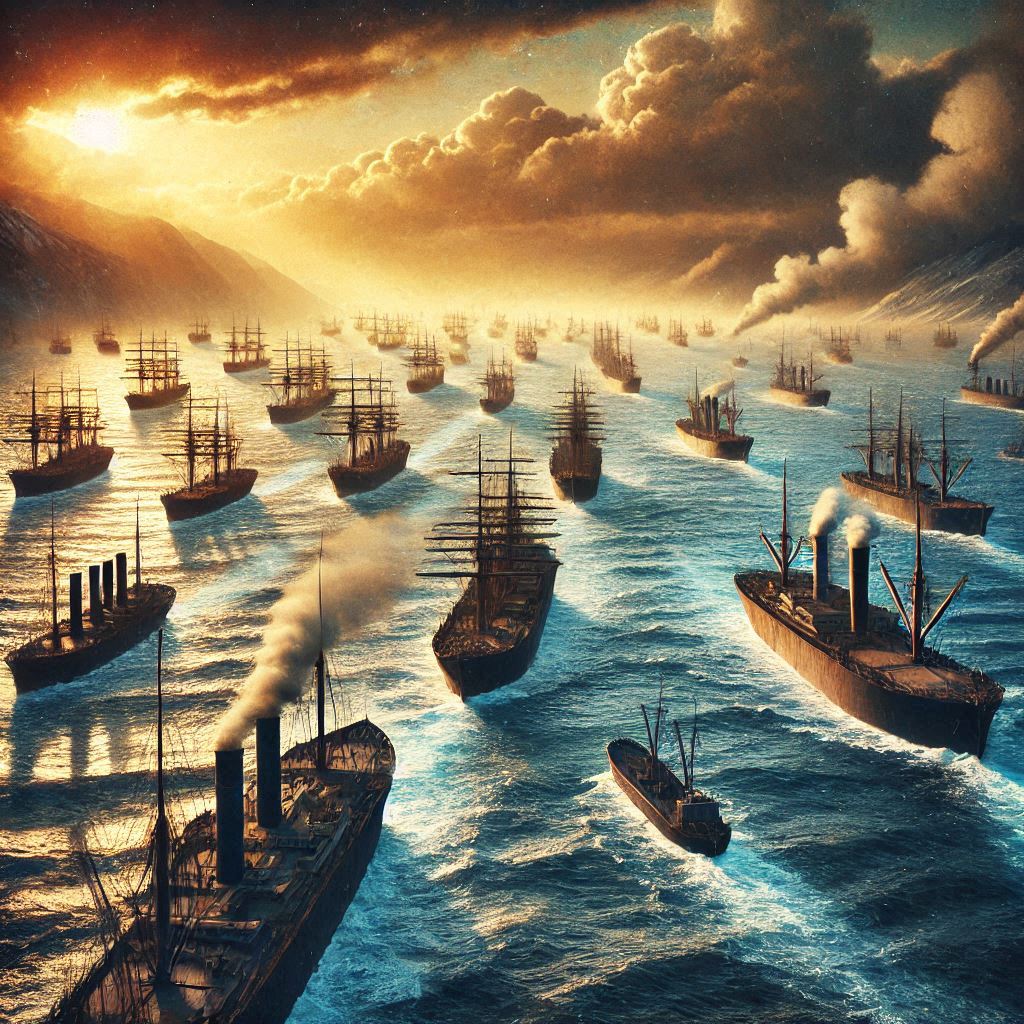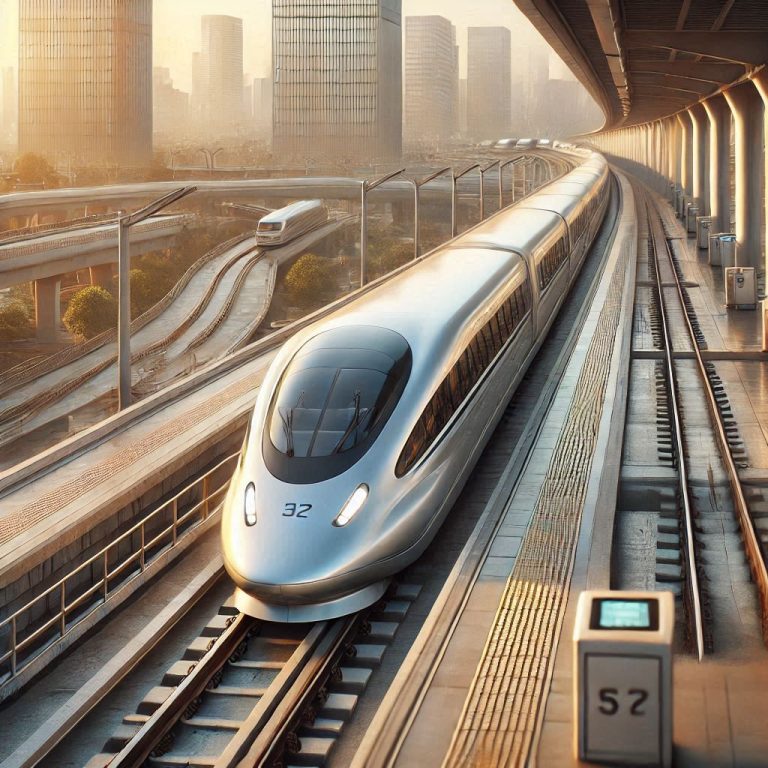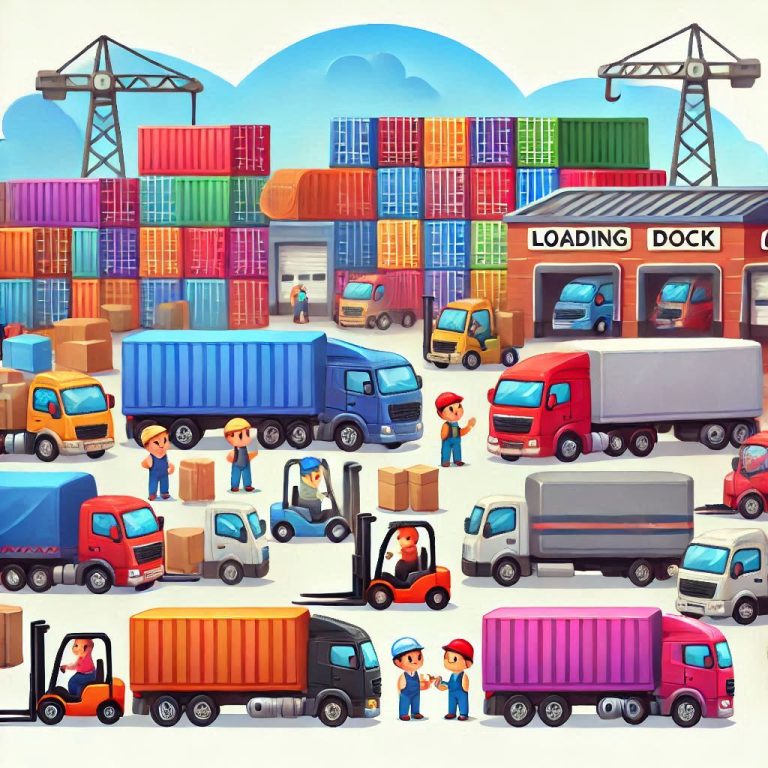
Introduction:
Cargo ships have been the silent workhorses of global commerce, enabling trade and economic growth by transporting goods across the world’s oceans. From the earliest days of human civilization, where primitive vessels navigated rivers and coastal waters, to the sophisticated mega-ships of today, the evolution of cargo ships tells a story of innovation, adaptability, and the relentless pursuit of efficiency.
The journey begins in ancient times, where evidence of the earliest cargo ships can be found in the form of Egyptian reed boats and Mesopotamian barges. These early vessels were primarily used for transporting agricultural produce and other goods along rivers like the Nile and the Euphrates. As civilizations grew and trade networks expanded, so did the sophistication of these ships. The Phoenicians, known for their seafaring prowess, built sturdy wooden ships that ventured beyond the Mediterranean, trading goods like timber, glass, and purple dye.
The advent of the Age of Exploration marked a significant turning point in the history of cargo ships. The need to establish new trade routes and access exotic goods led to the development of larger and more capable vessels. The Portuguese and Spanish galleons, with their multiple decks and robust design, became iconic symbols of maritime trade during this period. These ships carried valuable cargoes, including spices, silk, and precious metals, from the far reaches of Asia and the Americas to Europe.
The Industrial Revolution brought about another transformation in cargo shipping. The introduction of steam power revolutionized maritime transport, making voyages faster and more reliable. Iron and steel replaced wood as the primary materials for shipbuilding, leading to the construction of larger and more durable vessels. The rise of steamships, such as the SS Great Eastern, signaled the beginning of a new era in global trade.
The 20th century saw the emergence of specialized cargo ships designed to cater to specific types of goods. Tankers for transporting oil, bulk carriers for raw materials like coal and grain, and container ships for a wide variety of goods became essential components of the global supply chain. The invention of the container in the 1950s revolutionized cargo shipping by standardizing the way goods were packed and transported, leading to increased efficiency and reduced costs.
In recent decades, technological advancements have continued to shape the world of cargo shipping. Modern cargo ships, such as the colossal Maersk Triple-E class vessels, are feats of engineering, capable of carrying thousands of containers across vast distances. Environmental concerns have also driven innovation, with the development of more fuel-efficient ships and the exploration of alternative propulsion methods, such as LNG (liquefied natural gas) and even wind power.
Summary:
From the humble reed boats of ancient Egypt to the massive container ships of today, the history of cargo ships is a testament to human ingenuity and the ever-evolving nature of global trade. These vessels have been instrumental in connecting cultures, fostering economic growth, and shaping the world as we know it. The evolution of cargo ships reflects the broader trends in technology, economy, and environmental awareness, highlighting the critical role they play in the modern world. As we look to the future, cargo ships will continue to adapt and innovate, ensuring the seamless flow of goods across the globe and supporting the ever-growing demands of international commerce.






